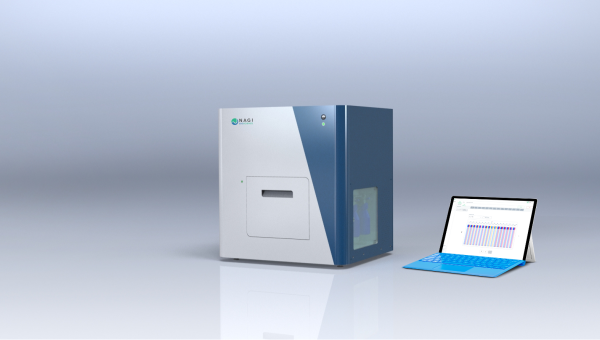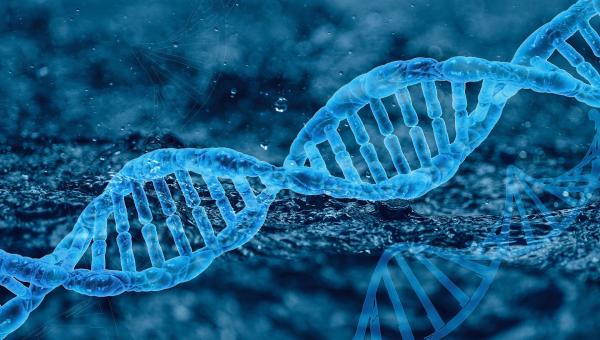Mushrooms are cleaning up polluted soil

Lab-grown fungi are now used to degrade or remove environmental toxins in soil.
A Swiss start-up is pioneering the use of fungi to cleanse contaminated soil through a ground-breaking process known as mycoremediation — a technique that harnesses nature's own recyclers to tackle industrial pollution.
What if the key to detoxing polluted land is hidden beneath our feet? Mycoremediation, the use of fungus to degrade or remove environmental toxins, has emerged as a potential long-term strategy for cleaning up polluted areas. The idea builds on the natural ability of fungi to break down complex organic compounds using specialised enzymes.
Beneath our feet: a natural solution to pollution
These properties are now being harnessed by Swiss start-up Edaphos Engineering to remove contaminants such as hydrocarbons, solvents, and pesticides from the soil. When it comes to heavy metals, which cannot be biodegraded, fungi play a different role: they immobilise these elements within their mycelium, helping to prevent their spread and transform them into less harmful chemical forms.
In our industry, contaminated soil management mainly involves excavation and landfill disposal. But we offer an on-site alternative that is less expensive and pollutes less.
Replicating nature's processes
This method represents a prime example of biomimicry — the practice of replicating natural processes in industrial settings. After carefully analysing the soil and assessing the degree of contamination, scientists introduce lab-grown fungal strains directly to the polluted site. Within a matter of weeks, the fungi begin breaking down or locking in pollutants, effectively starting a natural detoxification process. According to the Solar Impulse label, this mycoremediation process makes it possible to repair in 6 months a soil that nature took more than 10,000 years to build.
From degraded to reusable soil
Edaphos Engineering has already proven the effectiveness of its technology across a range of environmental projects. One notable example is the renaturation of the Aire River in Geneva, where the company helped convert 3,000 cubic metres of excavated material into reusable soil. And more recently, the method was deployed at the 2025 Military World Winter Games in Lucerne where it enabled the sequestration of 500 tons of CO2 equivalent, neutralising all of the major event's CO2 emissions. Nearly two hectares of sterile or degraded urban soil in Switzerland have been restored and renatured so far.
A greener alternative to traditional clean-up
As regulatory pressure increases and land becomes scarcer, sustainable soil remediation techniques like this are likely to gain traction globally. Compared to conventional decontamination methods — which often involve excavating and transporting soil to specialised waste sites — this method offers a greener, more cost-effective alternative. It also encourages biodiversity by enhancing the soil's microbial life.
While fungi are not yet capable of neutralising all types of pollutants, ongoing research is expanding the range of contaminants that can be treated with this method. Ultimately, mycoremediation signals a paradigm shift in how we approach environmental restoration.




